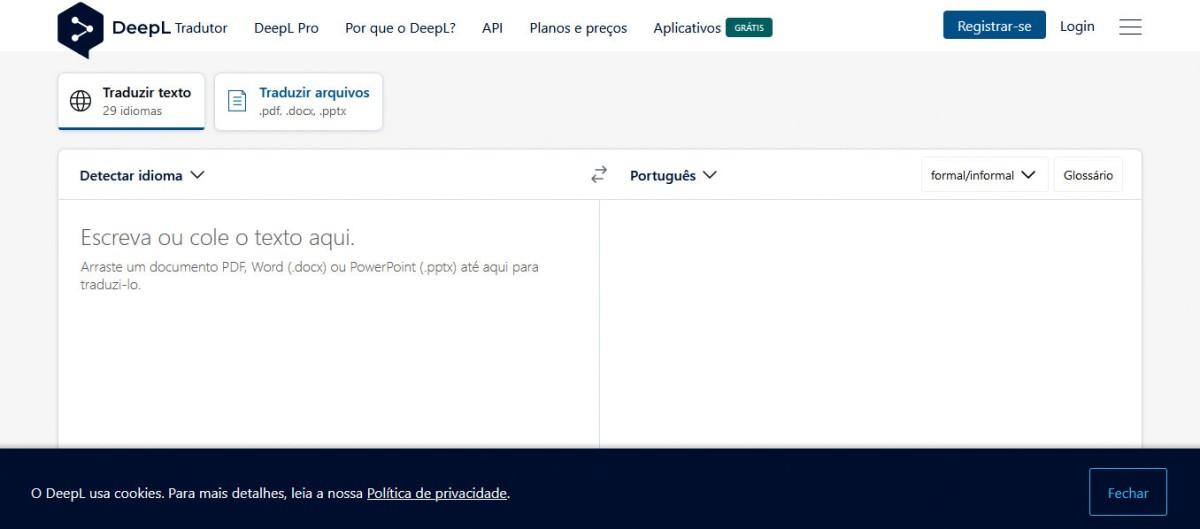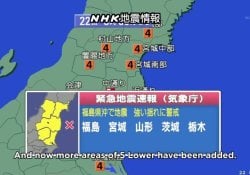Using Google Translate is not always the best option when looking to discover the real meaning of a word or phrase in a foreign language. Therefore, it is worth looking for other safer and more reliable alternatives.
In this article, we will recommend the DeepL Translate, the best translator in the world. Learn how to use it to translate Asian languages and be more accurate in your translations or while studying.
Índice de Conteúdo
What is DeepL?

DeepL Translate is a website that automatically translates any phrase or word into over 29 languages (including Japanese). It is 3 times more accurate than competitors (like google translate). In Asian languages such as Japanese or Simplified Chinese, DeepL translates much more clearly, accurately and faithfully compared to the main translators on the internet.
DeepL is also different from other translators on the market because it has an API that integrates the translation with the services of online platforms and products.
It is possible to use DeepL for free. There is also a premium version called DeepL Pro where you can translate entire documents while maintaining original fonts, images and characters.
Furthermore, the Pro version is integrated with CAT tools (Computer Aided Translation Tools). Using it also guarantees the maximum protection of personal data, in which all texts are completely deleted after the completion of the translation.
Read also:
- Complete Guide – Japanese Translators and Translation
- Tips and Precautions when using Google Translate for Japanese
- Are portable translators worth it?
DeepL VS Google Translate

As my main goal with online translators is to decode Japanese words and expressions into Portuguese, I never felt that google translator was the best option. For many years I was hostage to inaccurate translations, having to resort to the technique of translating first into English and then into Portuguese (which slightly increases the accuracy of google translate). Even so, the quality of the translations remained poor.
When I discovered Deepl, I realized that even translating something directly from Japanese to Portuguese or vice versa, the meaning translations were much more fluid and correct than any other translation tool. Even some idioms are better translated by DeepL than by google translator.
However, DeepL is not perfect. There are still serious translation problems when we talk about converting Japanese into Portuguese, mainly due to the geographical and linguistic distance with which the languages emerged. Portuguese is still very distant from Japanese, and the way of expressing an idea in Brazil would not sound as natural in Japan.
Nowadays, with the emergence of artificial intelligence, it has become possible to obtain more complete information about words and translations, which makes everything easier and more dynamic.
We recommend that you also read:
Finally, it is important to keep in mind that the best thing to do is never translate, but always try to capture the essence of the meaning in the mother tongue. Never use translators to communicate with foreigners, especially if the translator is too general and not precise. Try to learn the language, the native expressions and the native way of communicating, so that the speech will sound more natural to the listener's ears.
Other translation tools
- Reverso - A translator
- Linguee - A translator
- Yandex Translate - A translator
- Google Translate - A translator
- Chat GPT (AI) - Artificial intelligence
The article is still halfway through, but we recommend also reading:
online dictionaries
- unmodified - Japanese
- Jotoba - Japanese
- Dictionary.com - English
- oxford dictionary - English
- Weblio - Monolingual (Japanese)
- Tangorine - Japanese
What's up? Did you like the article? Then share the information with your friends on social media.






